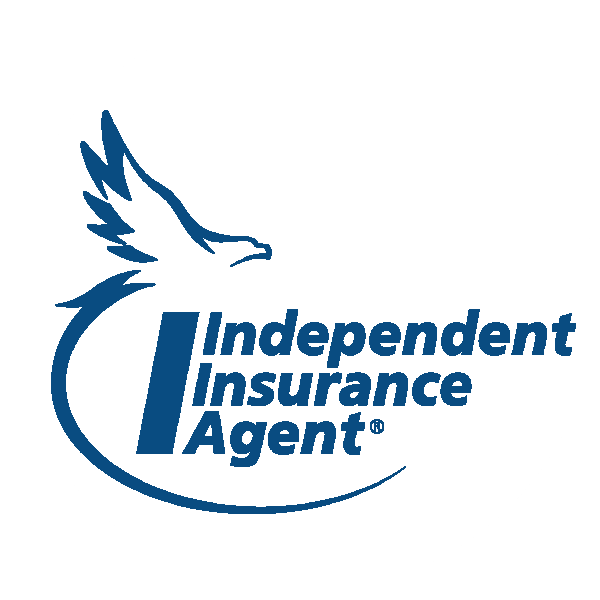Workers' Comp Experience Modification Rate: Everything You Need To Know in New Mexico
CHECK OUR PRICESThe experience modifier is a multiplying factor that is given to a company by the state. It reflects their claim history. Brad Wilkins, the senior loss control specialist at an insurance company, explains in detail what an experience modification rate is. He compares the experience modifier with a credit score.
Credit scores typically showcase how you manage your debt. Similarly, the experience modifier measures the frequency of work-related accidents for a company. If the number of accidents is low or below average, the company can qualify for a credit applied to their workers’ compensation policy. Simply put, the company will pay a lower premium. However, if their experience modifier is greater than average then they have to pay a higher premium for the same level of coverage.
Businesses make use of experience modifiers to find out workers’ compensation premium costs. And as mentioned above, companies that have lower risk levels also tend to have a much lower premium cost since they have a relatively safe environment.
What is Experience Modification Rate?
As discussed, an experience modifier is a number that insurance companies come up with based on the risk of injuries that workers can have at a business. This is based on the business's past record of injuries and future risk chances. The number is then compared to the other employers in the same industry to see how well the company is doing.
The experience modification rateis based on the assumption that historical losses are ones that predict future losses. For example, if the company has had accidents in the past, then this means that the company is also likely to have accidents in the future. The industry average is 1.0. If the company has a lower EMR, then the workers' compensation will also be lower. In the same way, if a company has a higher EMR, then the rates will also be higher.
Calculation of EMR
So, how is EMR calculated then? It is calculated by first dividing a company’s payroll by classification by 100. What you get is then divided by a class rate. A class rate is determined by the National Council on Compensation Insurance (NCCI). This is the risk factor that exists.
These calculations are used in 39 out of 50 states.
To get the final rate number, insurance companies look at how the company is compared to the other companies in the same industry. The experience rating is based on the three years before the recent expired policy period. When companies start afresh, they have an EMR of 1.0. This rate stays the same for three years. The EMR also focuses on the number of claims that a company has. A higher number of claims means that the EMR rate will also naturally be much higher.
What Can Businesses Do To Control Their Workers' Compensation EMR?
As mentioned earlier, a company that has a safe working environment can lower its EMR rate. A safe working environment means that health hazards do not pose a threat to the employees of the company. Many workplace safety programs can significantly reduce workplace hazards and the chances of employee injuries and accidents. Research has shown that employers who have the right programs in safety programs in place can greatly help lower their costs related to workplace illness.
The following are a few cost-saving measures that can help reduce the EMR rate of your business:
Introducing a Workplace Safety Program
The idea is to have a safety program with support from the management and the other employees so that everyone can work safely.
Training the Workforce
The workforce should be trained correctly with regard to how they can work in the best possible way. They should know what measures to take so they can lower the risk of injury. Workers should ideally be trained in these aspects and made aware of the importance of adhering to safety protocols. This can ensure that everyone knows what they are accountable for.
Introducing a Return to Work Program
A return to work program is one that outlines the procedures that can help a company handle any kind of work-related injury. It ideally shows what an employer’s commitment to health and safety is. With the help of this program, the risk of injury can be lowered, which can again help save costs.
Hiring for Safety
Hiring procedures should be effective to help boost employee morale and productivity, which is also something that helps reduce workers' compensation claims. Workers should be trained so that they can work in the best possible way, alongside ensuring that no harm happens to them. This can help reduce the chance of injury as well.
Identifying Workplace Hazards
It is also best to identify what are the risks that workers might face while onsite. It’s only when employers know what risks are present that they can successfully mitigate those risks. Employees should be encouraged so that they can also report any potential dangers that they see.
Building Accountability
Employees should be held accountable for what they do. They should be made aware of all the safety protocols that exist, and then they should work towards what they think is best for them.
Evaluating Past Accidents
Whenever an accident happens, employers should look at the history of accidents and should understand what happened and how it happened. That is how they can ensure that those accidents do not happen again.
Setting a Standard for Filing and Processing Claims
Companies should also make sure that they set a standard for their claims. Claims should be handled with speed and efficiency to make sure that the process is handled properly.
How Can You Find the EMR of Your Business?
Your experience modification figure is indeed really important since it says a lot about your company. If you want to find out about the EMR of your own company, then you need to do this by following a series of procedures that can help you with that. You also need to take into account the state codes and regulations, rating eligibility, and cap rates.
Keep reading as we discuss how to calculate the experience modification rate:
Payroll
The gross payroll figures should reflect the real wages only. Any other figures should be removed. It is ideal that you also have certificates of insurance from all of the suppliers.
Job Classification Rate
Different states have different classification rates. You need to find out what the rate for New Mexico is so that you can work accordingly.
Discounts and Assessments
There are certain factors that can give you a discount as well. These are low loss experience and substance abuse programs. This amount is usually calculated as a percentage.
Actual Loss
The actual loss is calculated by adding the actual primary and excess losses. This figure helps you see a holistic view of where your company stands.
Actual Primary Loss Plus Actual Excess Loss
There are mainly two types of losses. These are primary and excess. You need to find out both of them and then add them up.
Expected Primary Loss and Expected Loss
Expected primary loss is found by multiplying the D ratio. Expected excess loss is found by subtracting the actual primary loss from the expected loss.
ELR and D Ratio
ELR refers to Expected Loss Rate. You can calculate using the average number of claims for Class Code. The D Ratio is the Discount Ratio. It compares your primary expected losses and a discounted value of these losses with the total number of expected losses.
The state authorities can provide you with this information.
Expected Loss
You can find the expected loss by multiplying the payroll by ELR and then dividing that by 100.
Formula
Actual Rate = Actual Primary Loss + Actual Excess Loss x Expected Excess Loss
Expected Rate = Expected Primary Loss + Expected Excess Loss x Expected Excess Loss EMR= Actual Rate / Expected Rate
Once you have all of the above mentioned figures, you can use those to calculate the EMR rate for your business.
Workers’ Compensation in New Mexico
The New Mexico Works Act is one that records and maintains the calculation of the experience modification factor. If you are running a business in New Mexico and you have more than three employees, then you need workers’ compensation insurance. The New Mexico Workers’ Compensation Administration (WCA) ensures that employees get benefits but at the same time, you also pay a fair price for providing these benefits. The idea is to balance the interest of the employees as well as the employers.
Want to insure your business?
Speak with a licensed agent today to discuss your options for the best insurance for your business.
Prefer to speak with an agent now?
Call: 505-933-6511
Ask an agent now!
Dax Kastrin
Owner of Elemental Risk Management
For over a decade, ERM founder Dax Kastrin has had a passion for providing excellence in the commercial insurance industry.






